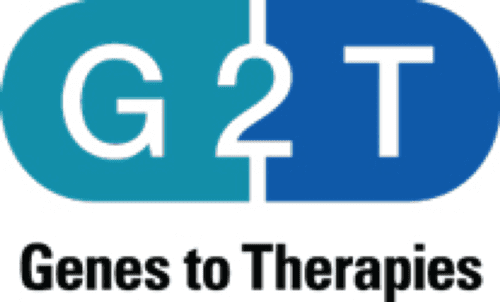The goal of Genes to Therapies is the development of effective interventions at various points in the pathological cascade of Alzheimer’s disease.

Of the Alzheimer’s genes and candidate genes that have been identified, more than 60 are being screened for mutations/functional variants in the Whole Genome Sequencing project. Of these, more than 20 variants have been prioritized for thorough investigation based on three important criteria:
- High genetic impact or ranking in Alzheimer’s pathology
- “Druggable,” as defined by being known in biological systems and producing proteins as those that appear to be most readily accessed and modified by typically successful therapeutic agents, such as small molecules or biologicals
- Affect the most obvious intervention points, which include Abeta/plaque production and clearance, tangle formation/spreading, and neuroinflammation.


